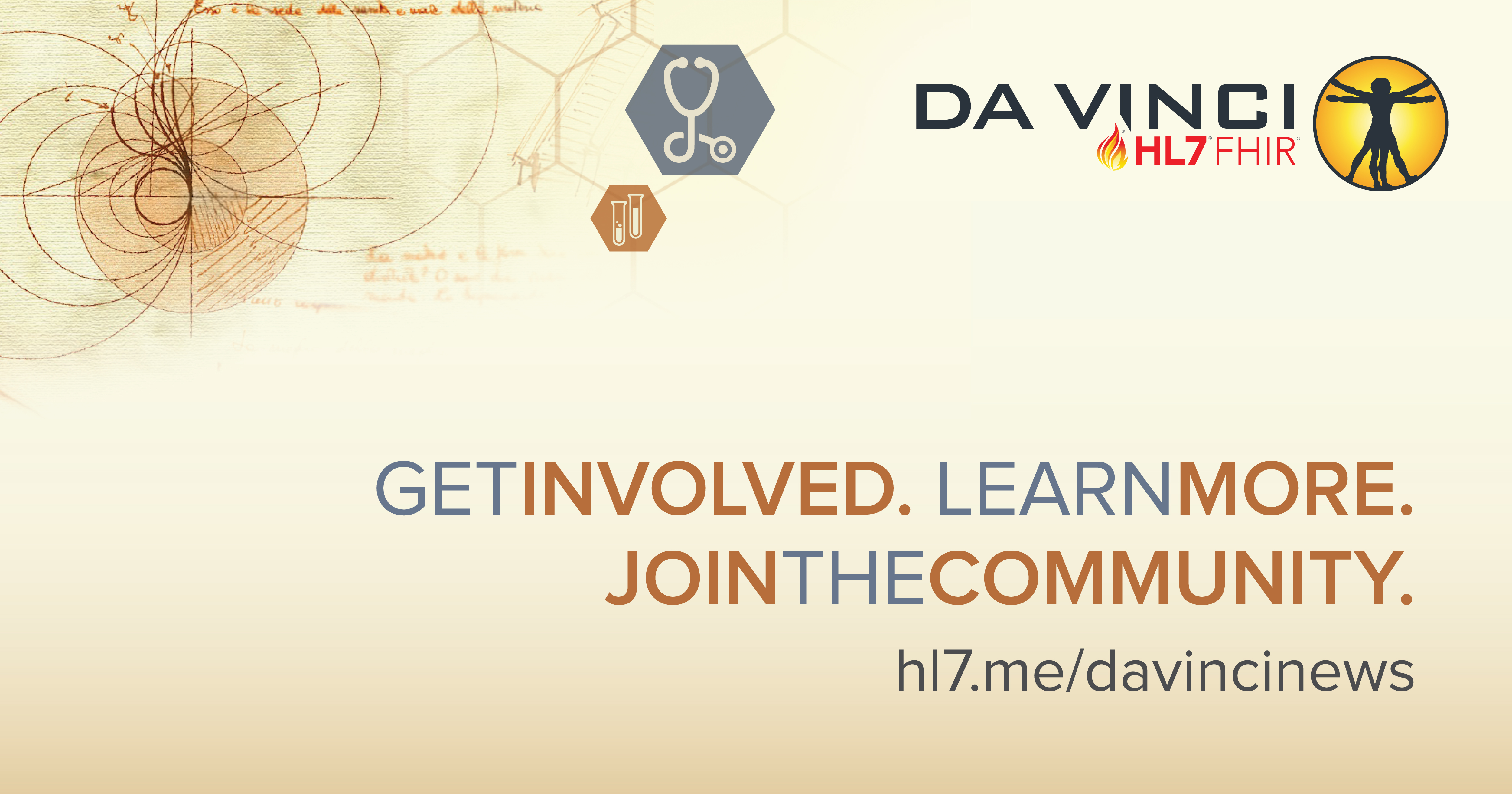Just over one month ago, I leaped into HL7 FHIR through involvement of the Da Vinci Project. Having worked in the healthcare technology industry for more than 10 years aligned with implementers of payer-provider workflows, data reporting and analytics, it was compelling to see how the proverbial “sausage is made” in the standards world. I made my debut by attending the HL7 FHIR Patient Access API Implementation event in August and I have since attended the September HL7 Connectathon.
Here are three key takeaways from my first month in the FHIR community.
The Room Where it Happens: Developing a Standard Doesn’t Transpire Behind Closed Doors By the Elite.
As an implementer reading a standards’ implementation guide (IG), it’s inevitable to reach a point of confusion where you say to yourself, “Clearly the writer of this didn’t consider my business need.” HL7 has a robust process that prioritizes adoption and reaching consensus among the public community before stamping approval on a standard. The continuous improvement method includes one or more balloting cycles (where the public community essentially critiques the IG and provides detailed feedback) as well as multiple connectathons (at which IGs are tested against by the community), providing ample opportunity for feedback from the community to evolve the IG. The HL7 Da Vinci Project, as well as other FHIR accelerators, have reference implementation prototypes, documented examples, sample test scripts and weekly calls open to the public, encouraging participation throughout the development lifecycle.


